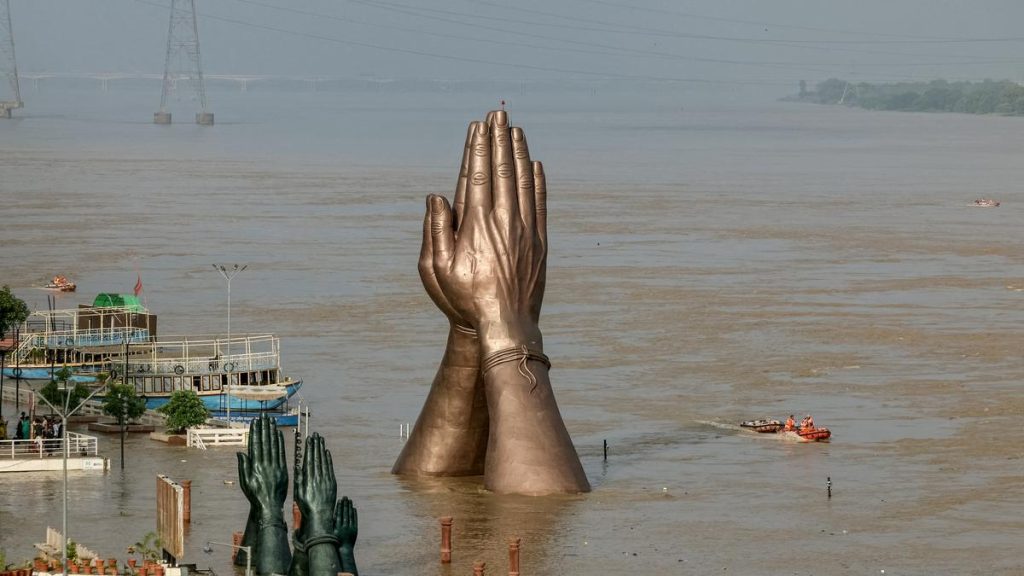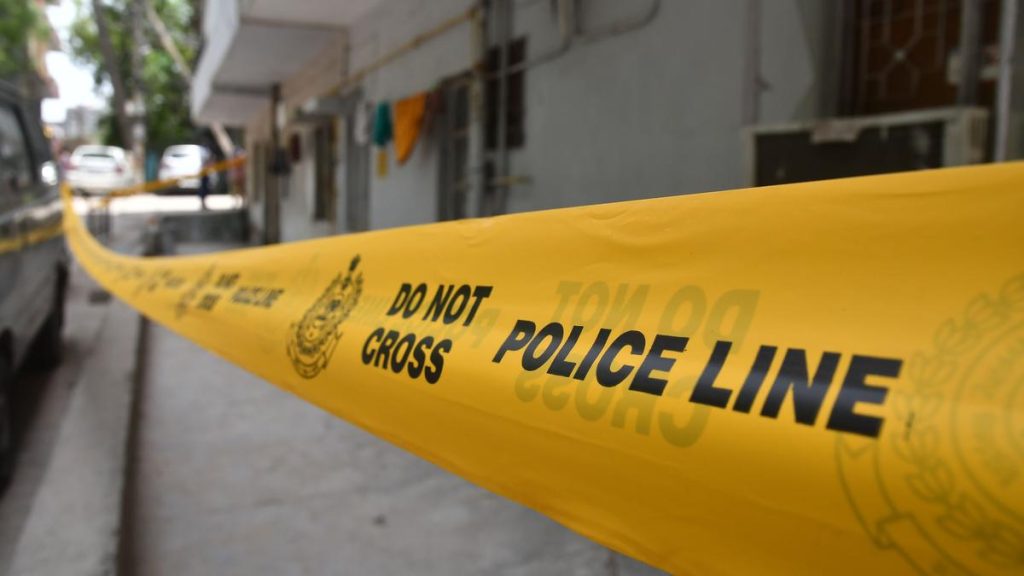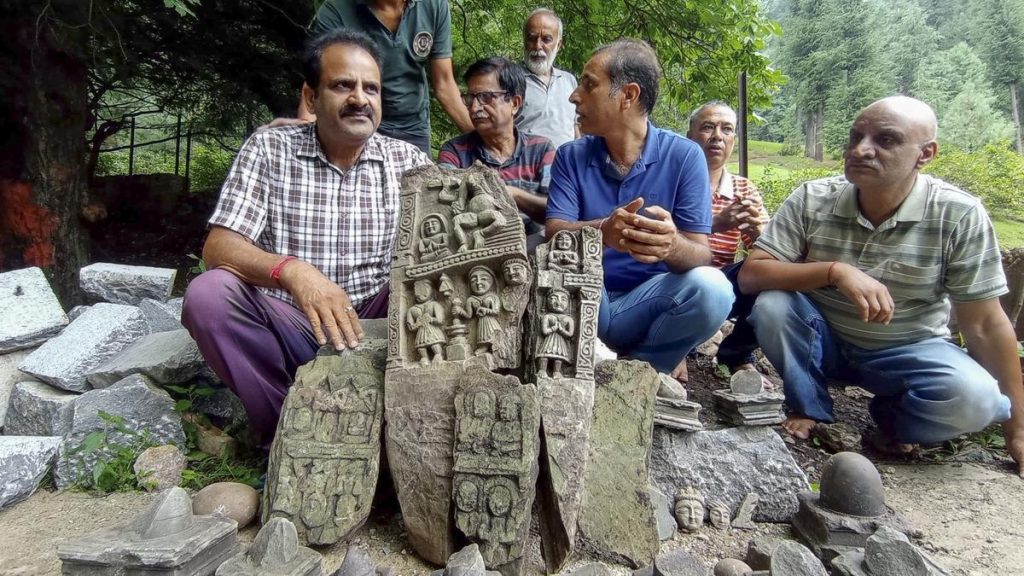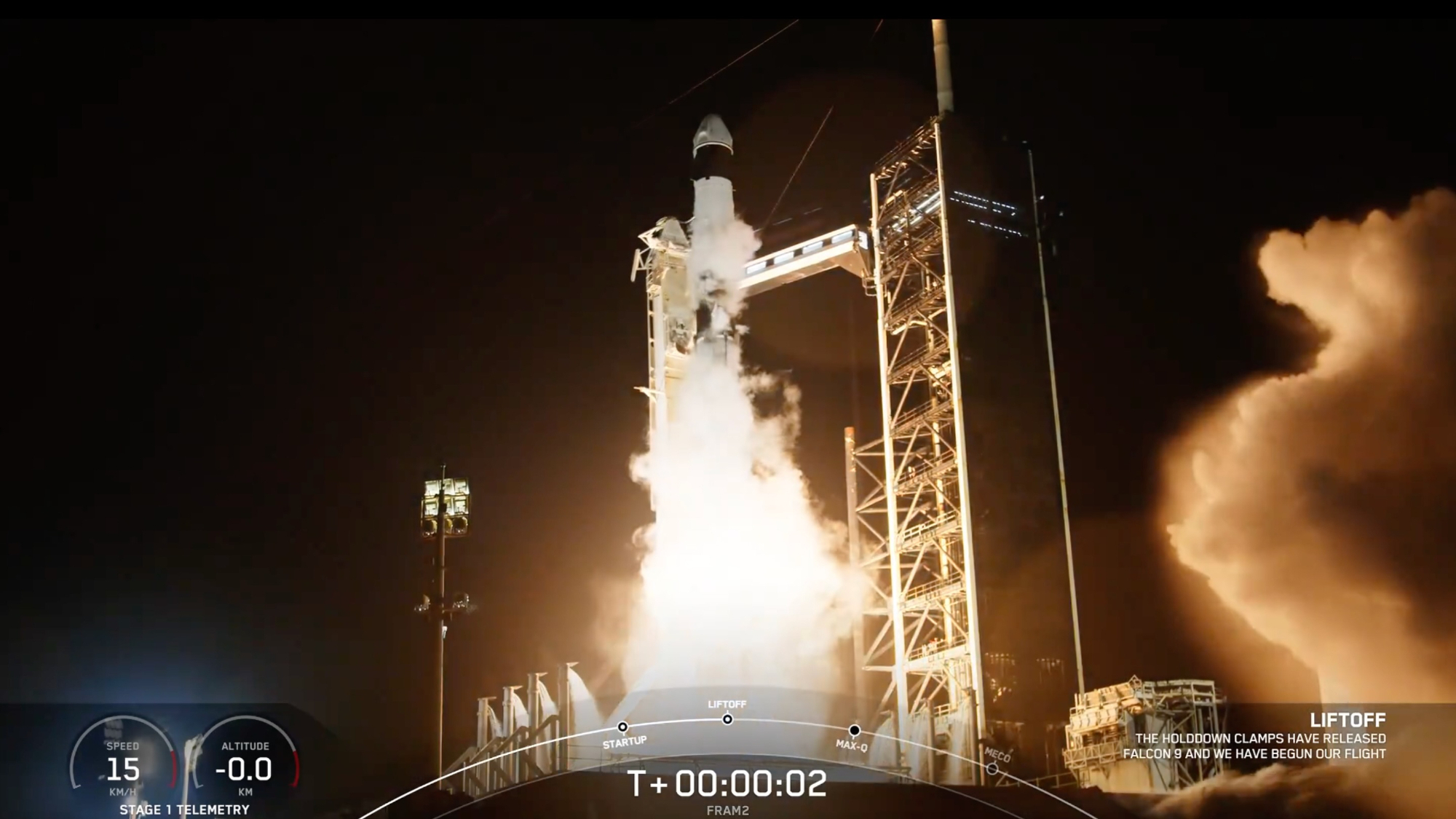Now Reading: Hawaii Faces Accelerated Ocean Submersion Challenges
-
01
Hawaii Faces Accelerated Ocean Submersion Challenges
Hawaii Faces Accelerated Ocean Submersion Challenges
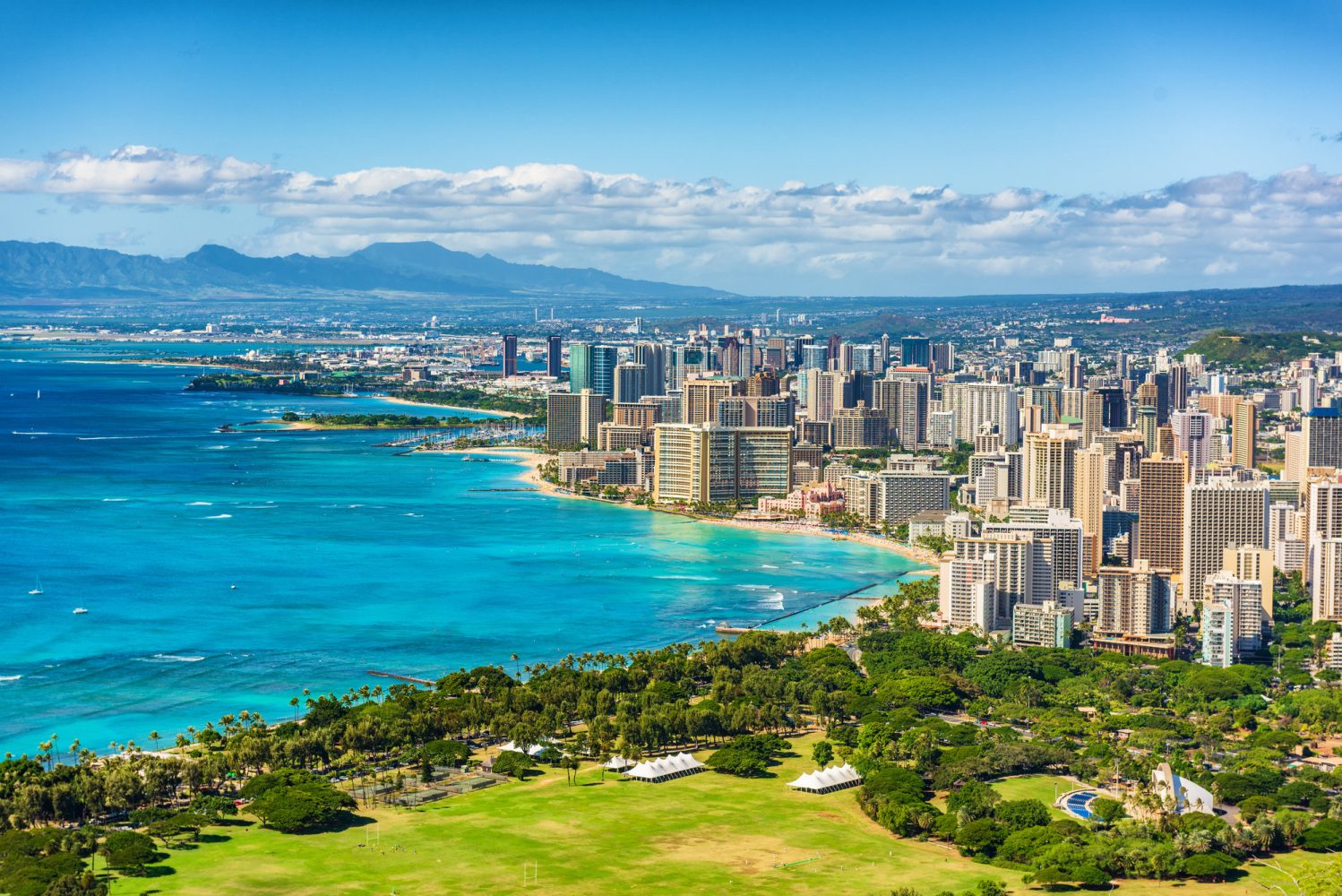
Swift Summary
- A University of Hawai’i at Mānoa study reveals that parts of Oʻahu, Hawaii’s largest population center, are sinking faster than previously estimated due to land subsidence.
- Most of the island is subsiding at a rate of 0.6 millimeters per year, while areas like Mapunapuna are sinking at an alarming rate of 25 millimeters per year-over 40 times the average.
- The fast subsidence in certain regions is linked to soft sediment or artificial fill, which causes accelerated ground compaction; this amplifies flood risk when combined with rising sea levels.
- Researchers warn current flood maps focusing solely on sea level rise might underestimate risks when factoring in these sinking rates.
- Predictions suggest up to 50% more land may face flooding by 2050 without considering these findings fully.
- Resilience strategies such as “Climate Ready O’ahu” aim to address environmental challenges through shoreline protection and wetlands restoration but must now integrate this new data for effective long-term planning.
- Lead author Kyle Murray highlights how urban planning and infrastructure measures should address impacts sooner rather than later.
Indian Opinion Analysis
The study from Hawai’i underscores global concerns about how coastal locations face compounded risks from both sea level rise and land subsidence. For India-a country with extensive coastlines such as in Mumbai, Chennai, and Kerala-the parallels demand attention within its urban planning framework. Many populated coastal zones here also sit on vulnerable sediments prone to natural or human-induced subsidence.
From disaster preparation to climate-resilient initiatives like mangrove restoration projects, India’s policies must proactively account for compound hazards rather than isolating threats like flooding or erosion individually. Incorporating advanced monitoring systems similar to those cited for Hawaii could help mitigate long-term vulnerabilities among India’s cities facing similar geological conditions.
As Hawaii moves towards integrated resilience strategies that factor dual-impact scenarios (subsidence + rising seas), it offers lessons for local governments globally-including India-to refine approaches prioritizing infrastructure safety against impending climatic challenges effectively.


